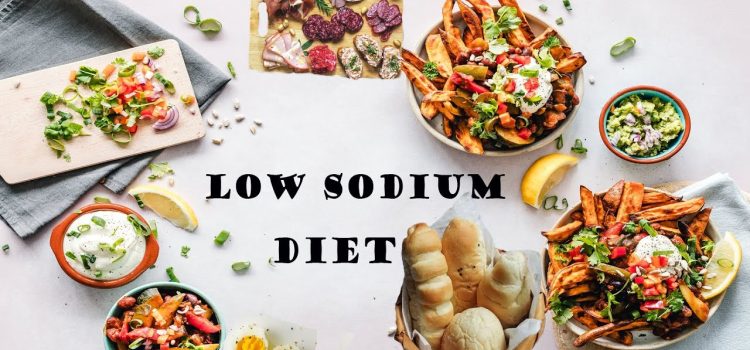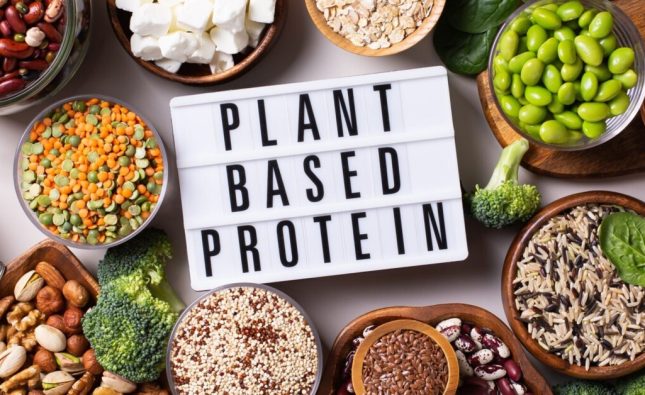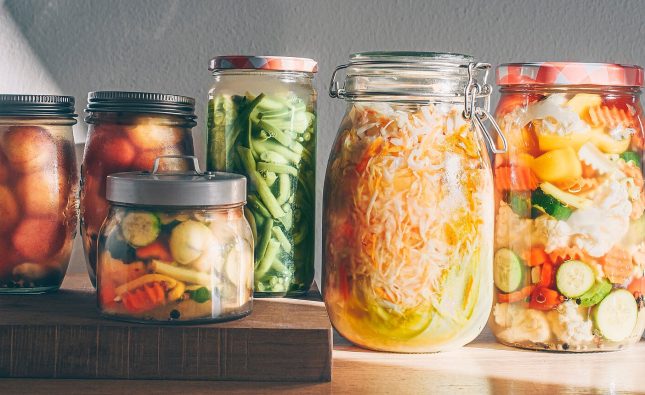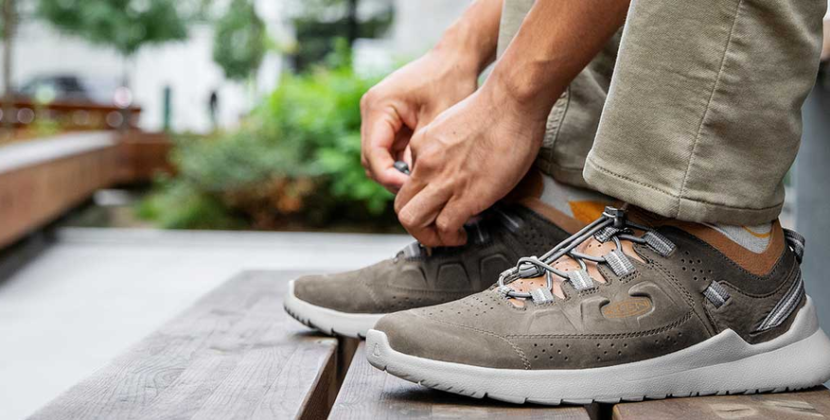
Introduction
Eating healthy is fun and important. A low-sodium diet means eating food with less salt. Too much salt can hurt your heart and make you feel tired. By cutting back on salt, you can stay healthy and strong. This guide will show you how to make a Low-Sodium Diet that works for you. We will explain what a low-sodium diet is, why it is good for you, and share easy tips to reduce salt while still enjoying tasty food. Let’s explore ways to eat better and feel great every day!
What Is This and That: Understanding a Low-Sodium Diet
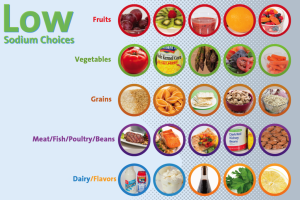
A low-sodium diet is a way of eating that limits the amount of salt in your food. Salt is important, but too much can be harmful. When you follow a low-sodium diet, you choose foods that have little or no added salt. Instead of salty snacks and processed meals, you eat fresh fruits, vegetables, lean proteins, and whole grains. This type of healthy eating helps your body work better and keeps your heart strong.
The Benefits of a Low-Sodium Diet
A low-sodium diet has many benefits. First, it helps lower blood pressure, which is good for your heart. When you eat less salt, your heart doesn’t have to work as hard. This can lead to a longer, healthier life. Second, reducing sodium makes your food taste more natural. You learn to appreciate the true flavors of fruits, vegetables, and lean meats.
How to Plan Your Low-Sodium Diet
Creating a plan is the first step to a successful low-sodium diet. Start by looking at what you usually eat. Identify foods that have a lot of salt, like processed snacks, canned soups, and fast food. Then, think about healthier alternatives. For example, instead of salty chips, try fresh vegetables with a tasty dip. Instead of canned soup, make your own at home with fresh ingredients.
Table: Daily Low-Sodium Diet Checklist
Below is a table that outlines a simple daily checklist to help you follow a low-sodium diet:
| Meal | What to Do | Benefit |
|---|---|---|
| Breakfast | Eat a bowl of oatmeal with fresh berries and low-sodium milk | Provides energy and keeps salt intake low |
| Mid-Morning Snack | Enjoy a piece of fruit or a handful of unsalted nuts | Satisfies hunger without extra salt |
| Lunch | Prepare a salad with lean protein and a homemade dressing | Offers nutritious food with natural flavors |
| Afternoon Snack | Snack on carrot sticks or celery with hummus | Low-sodium, healthy, and crunchy |
| Dinner | Cook a balanced meal with vegetables, grilled chicken, and brown rice | Delivers essential nutrients without too much salt |
| Hydration | Drink water or unsweetened herbal tea throughout the day | Keeps you hydrated and helps flush out excess sodium |
This checklist is a handy guide to help you maintain a low-sodium diet every day. Following these steps can make healthy eating simple and fun.
Tips for Reducing Sodium in Your Diet
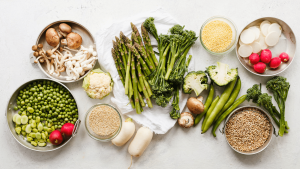
Here are some easy tips to help you lower your salt intake:
- Read Food Labels: Always check the nutrition facts on food packages. Look for products that say “low sodium” or “no added salt.” This simple habit can help you choose healthier options.
- Cook at Home: When you cook at home, you control the ingredients. Use fresh foods and add herbs, spices, or lemon juice instead of salt to boost flavor.
- Avoid Processed Foods: Processed and fast foods often have a lot of salt. Try to choose fresh fruits, vegetables, and lean proteins instead.
- Use Natural Seasonings: Experiment with garlic, ginger, basil, and rosemary. These natural seasonings add delicious flavor without the need for extra salt.
- Drink Plenty of Water: Water helps your body get rid of extra sodium. Staying hydrated is an important part of a low-sodium diet.
These tips make it easier to reduce sodium and enjoy the true taste of food. Over time, you will notice a positive change in your energy and health.
How to Stay Motivated on Your Low-Sodium Journey

Staying motivated is key when changing your eating habits. One way to stay motivated is to set small, achievable goals. For example, you could aim to reduce your sodium intake gradually. Celebrate your progress by noting how much better you feel after making changes. Keeping a food diary can help you track your progress and remind you of your successes.
How to Learn More About Low-Sodium Diets
Knowledge is power when it comes to healthy eating. To learn more about a low-sodium diet, you can read books, watch videos, or visit trusted websites. Many experts share tips and recipes that make reducing salt simple and delicious. Ask your parents or teachers to help you find resources that are easy to understand. The more you learn, the more confident you will feel about your choices. Education on nutrition not only helps you follow a low-sodium diet but also builds a foundation for lifelong healthy habits.
How to Enjoy Your Food While Reducing Sodium
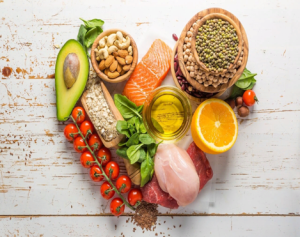
Eating well doesn’t mean your food has to be bland. There are many ways to enjoy delicious meals while following a low-sodium diet. Try using herbs and spices to make bold flavors. Experiment with recipes that use natural ingredients to enhance taste. Cooking can be a fun adventure where you explore new flavors and learn about different cultures. Remember, food is meant to be enjoyed, so have fun trying out new recipes that are both tasty and healthy.
Sharing meals with family and friends can also make a difference. When you eat together, you enjoy not just the food but also the company. This social aspect can make sticking to a low-sodium diet more enjoyable and less of a chore.
How to Measure Your Progress and Adjust Your Diet
Tracking your progress is an important part of any healthy habit. Consider keeping a Food Diary where you write down what you eat each day. This will help you see how much sodium you are consuming and where you can make improvements. You can also use apps that track nutrition to get a clear picture of your intake. Reviewing your diary every week allows you to celebrate successes and adjust your plan if needed.
How to Get Creative in the Kitchen

Making your meals fun and exciting is a great way to stick with a low-sodium diet. Try hosting a family cooking night where everyone helps prepare a meal with fresh ingredients. You can experiment with new recipes and learn about different herbs and spices that add flavor without salt. Cooking together turns healthy eating into a fun activity and helps everyone learn valuable skills.
Use colorful ingredients to make your dishes look attractive. When your food looks beautiful, you are more likely to enjoy it. Creativity in the kitchen not only boosts your health but also makes cooking an enjoyable part of your day. This creativity helps you see that healthy eating can be delicious and fun.
Final Thoughts and Conclusion
This article explained how to make a low-sodium diet by planning meals, using natural seasonings, and making small, healthy changes in your daily routine. Embrace these tips to reduce sodium, improve energy, and enjoy tasty meals that boost overall health. With careful planning and fun recipes, you can build healthy eating habits that last a lifetime.








